Churches – Europe is so full of them because, for centuries, they were the focal points of community life, much like football and baseball stadiums are in the modern world. If you go hiking a lot in Europe, pay attention to the architecture and see if you can you pick out the different styles of the
Churches of Europe
One style you get to see rather rarely among the churches of europe is the “Romanesque” (thick walls, round arches) because it went out of fashion so long (about a 1000 years) ago. This building here (in the North German city of Goslar) once had a mighty cathedral behind it, but now is all that remains.
For most people, a church is a “real” church only if it is a Gothic church: pointed arches, stained glass windows, high steeples – but careful: many church towers, even those of “authentic” medieval Gothic churches, were only added in the 19th century during the “Gothic revival movement”.
This is true for St Lamberti in Münster, too – but the cages on the tower are authentic 16th century artefacts. They were used to expose the corpses of the proto-Communist and polygamous Anabaptists of Münster, rulers of their “New Jerusalem” from 1534 to 1535, after they were deposed and savagely slaughtered during the Siege of Münster. (Today, they would probably get a slot on MSNBC to discuss their ideas with Keith Olbermann.)
The only European country that never really fell for the Gothic style is Italy. Instead, they developed their own, highly distinctive medieval church architecture of which Genoa Cathedral is a good example.
Around the middle of the last millennium, Gothic churches of Europe rather quickly went out of fashion – so quickly in fact that many of the later Gothic churches were never completed (see Münster) – and round, classical shapes became all the architectural rage again. The basilica of the Escorial monastery near Madrid can serve as an example.
Even in Europe, however, not everything which looks splendidly “old worldly” is the “real thing”. Construction works for the Almudena Cathedral in Madrid, for example, only started in the 19th century and were completed in 1993. Your own home may well be older than that. (Although it is, probably, slightly less grand.)
If you look closely at Madrid Cathedral, you can spot influences from many different periods and, indeed, cultures – this is true for nearly all churches that were built in the last 200 years.
Eastern and oriental influences are particularly strong in the Alpine region.
But truly great works of art are not inspired by other art, but by something that only the artist himself could identify – and perhaps not even he. All new styles of art, after all, must start from somewhere and have been “invented” by an inspired individual …..
…. and who knows, maybe one day, all new buildings – city halls, commercial centers, office blocks – will look like this?
Do you like visiting the churches of Europe when you visit? Share it with us Join in our Facebook page.

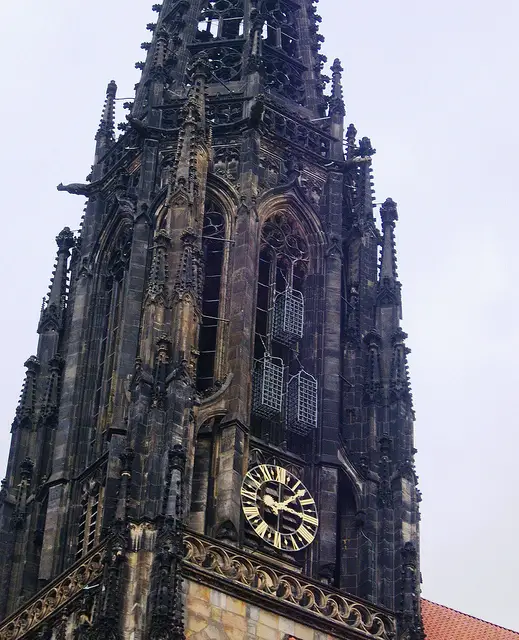
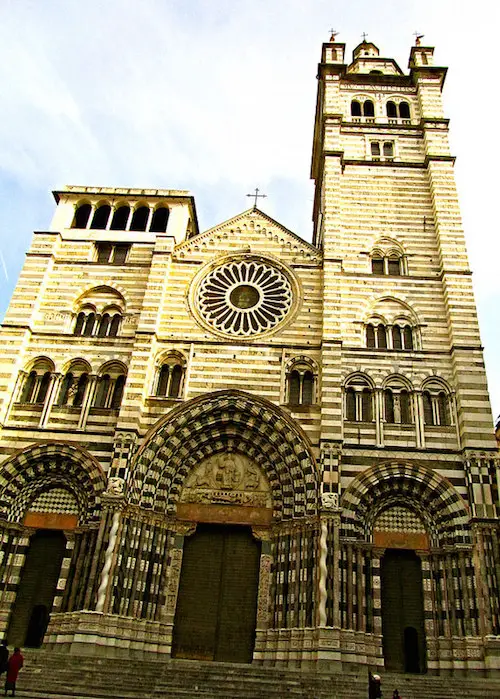
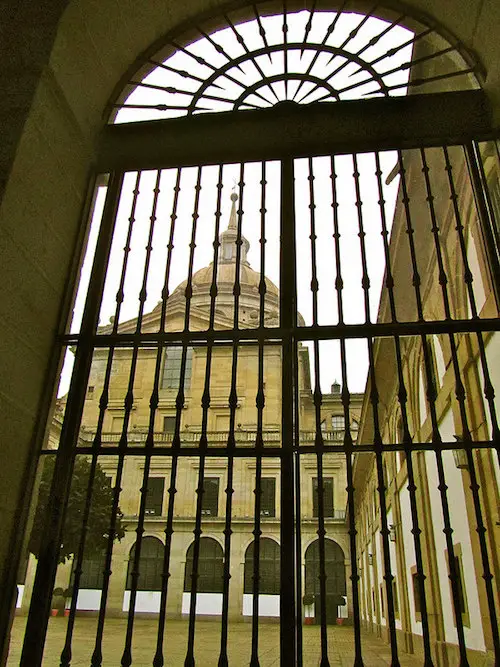
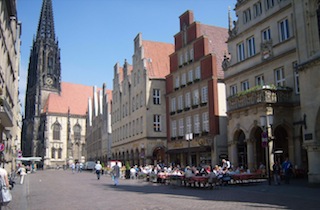

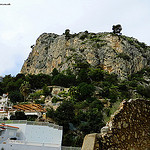
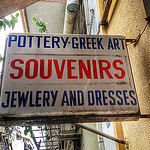
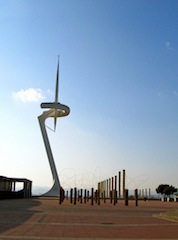
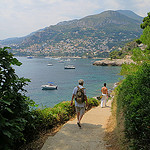
It’s easy to get churched out while in Europe, but breaking it down like this helps keep it interesting. Thanks! And awesome photographs. :)
I like the medieval ruin of this church in Goslar, North Germany, which is new to me. As well as I like Gaudi’s Sagrada Familia, which is not new to me because I was in Barcelona. And, last, but not least, I don’t know much about the Gothic cathedrals of France and England.
Glad you were “inspired”, Jeff. And thanks for dropping by.
Lovely. I admit, I have a thing for exploring churches wherever I travel. Clearly, I have more to explore. Thanks for the inspiration.
I love Romanesque churches. But I do visit any church wherever I travel. I like your last picture of the Sagrada Familia. It is such an architectural masterpiece and I would love to see it finished one day!
I have not been to Europe, but have seen photos and videos of many of the churches when I was in school and while watching bicycle racing and tennis. I enjoyed your post and learned a lot about church architecture. Thanks.
They can be the most impressive structures most times in small towns and villages, too.
The only time I go in churches is when I travel! LOL I do love them though. They have some of the best architecture, gold and jeweled treasures.
This is really awesome!
Hi Michael
I’m good thank you, how about you?
Also its been a pleasure dropping by, its an interesting website to visit if you’re an expert in hiking and you have done a good job creating it
Thanks, Lori.
Hey Joe, thanks for dropping by again. Hope all’s well with you.
Ok, Michael, I do dare to share here the experience too. I presented some churches I saw in my trips, but this one was indeed an unexpected experience. :) http://travel.prwave.ro/visiting-saint-stephans-cathedral-stephansdom-vienna-a-unique-experience/
Excellent article Michael
I have always noticed how churches look in different countries to the ones here in the UK.
I have even visited a few to name and I’m impressed with the architecture.
This would not be a book with which one would wish to hike about Europe however!! I carried Sacred Places Rediscovering the Churches of Rome through Italy for about seven weeks before donating it to a beautiful travel angel in Loreto.
Thanks for this Michael! I recently visited a few of the churches you identified. I am forwarding this to my friend Greg Pulles who I recently helped publish an eight hundred page, ten pound tome on the sixty most important churches in Rome. You may be interested in seeing it. http://www.sacredplacesitaly.com I hope you don’t mind me mentioning it here but I’m very pleased for him and really do believe you would enjoy seeing it.
Hi
Your example is baroque style – and you can see a lot of this style in the Alps. Your chosen example definitely has some great resemblance …
Nice blog, by the way … will drop by more frequently
Perhaps you are right and this is just a case of external resemblance. They do, however, look alike, don’t they? Thanks for dropping by.
Hi Michael
I am not sure where you got the idea that churches in the Alps are particularly strongly influenced by Eastern and Oriental culture …
I live in the heart of the Alps and I have to disagree.
The picture you took does not look like a typical church in the Alps.
Apart from that – very nice article
Regards,
Gernot
Visiting churches in Europe is one of my favorite things to do. However, churches in Europe seem more like museums than places of worship these days. You’d rarely see anyone go visit a church here but they are some of the most beautiful architectural structures in Europe!
Such beautiful pictures. I agree with you, seeing the churches in Europe will really take you back to all those art and literary movements.
I love to visit churches in every country I am in. I always light a candle for my grandmother. The most memorable experience was climbing to the top of the Duomo in Florence. Stunning!
I’m sure you’ll get to see them all in time, Cathy. Just keep on travelling.
Love the churches of Europe I’ve seen — architectural and historical beauties. Haven’t been lucky enough to see the ones in your post yet. Nice selection.
I share the same sentiment as yours on Gaudi, Jeff.
I love the classic, the Gothic cathedrals of France and England the most I think. In one word, Magnificent. To this day, I just don’t get Gaudi’s cathedral…it looks like a sand castle just washed over by a wave…no attraction there for me whatsoever. Wonderful overview my friends.
A lovely collection of steeples peoples! Love the Gaudi one, almost as grand as my manor, though not quite!
Lori, Don’t be shy. Do share your post on your experiences in visiting churches with us.
I admit that I do visit churches. I visit them in my country, I visit them in different countries – and not only churches of my religion. I think one can really get to gain a great experience and special moments. I have to admit I had some interesting experiences (I posted on my blog such one but I’m not inserting the link here so that you won’t consider it spam), and I also had lovely experiences. I like to see yhe interiour, the paintings, sculptures – it is a part of world’s treasure. The selection you presented in the post shows just how many lovely famous churches are – and I really think the list is longer and even not so famous ones deserve a visit. In fact, you just made me remember I was planning to write about a special church in my country.
So yes, I do visit churches and I think it is an experience worth having and one that I would recommend to any traveler.
For a game, it is always fun trying to distinguish between the really old, originally medieval churches and their 19th century “imitations” – and, in the really old churches, to spot the bits (all old churches have them, even Notre Dame de Paris) that were added later on in different styles. This is easier than it may sound!
Have fun!
We will – perhaps make a game of it with the kids. Thanks again!
Have fun and see how many churches you can visit and whose architecture you can identify.
We love to visit churches when we travel to Europe so your post is touching! Great info to print and save for our next trip in April! Thanks!!